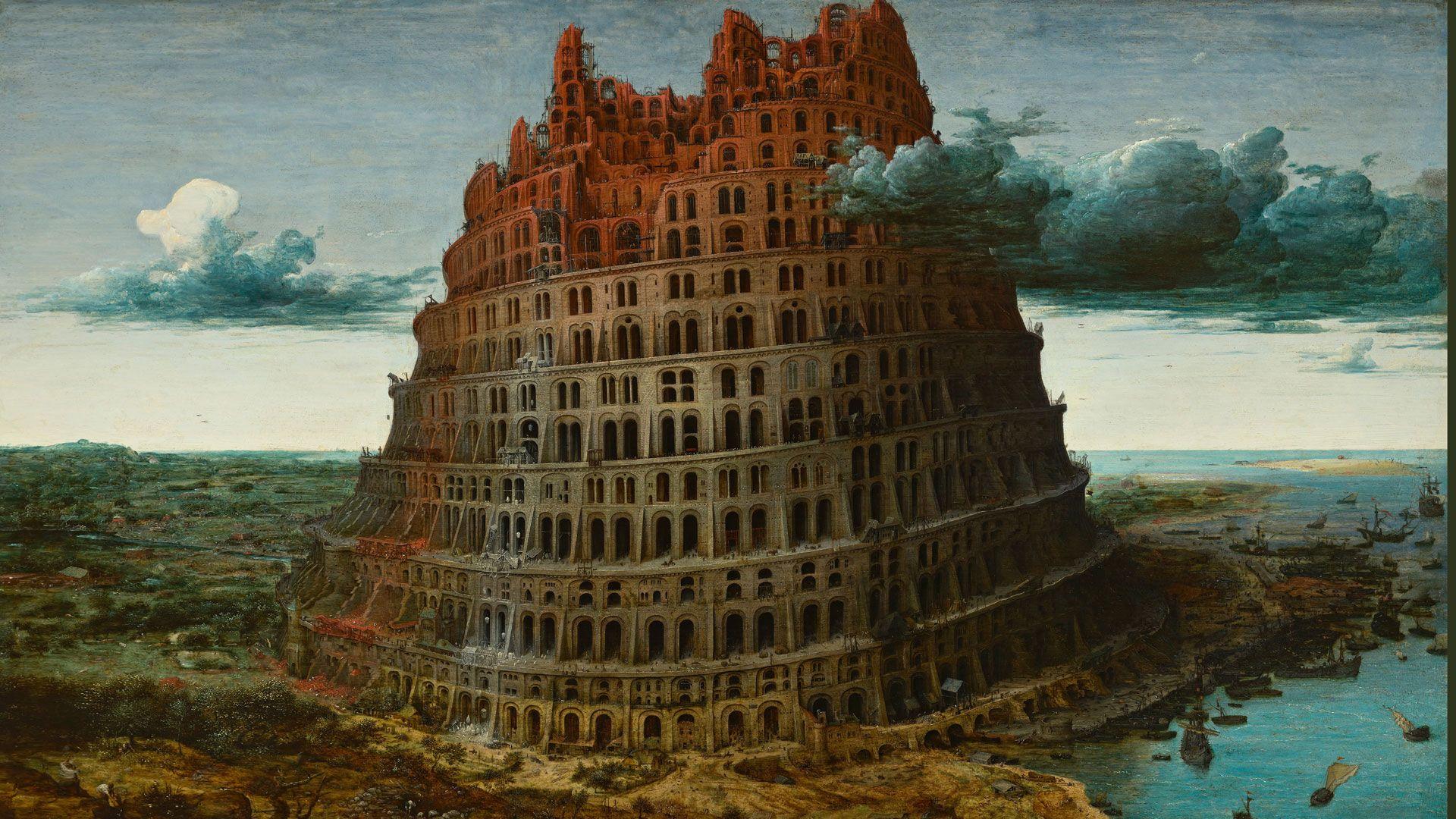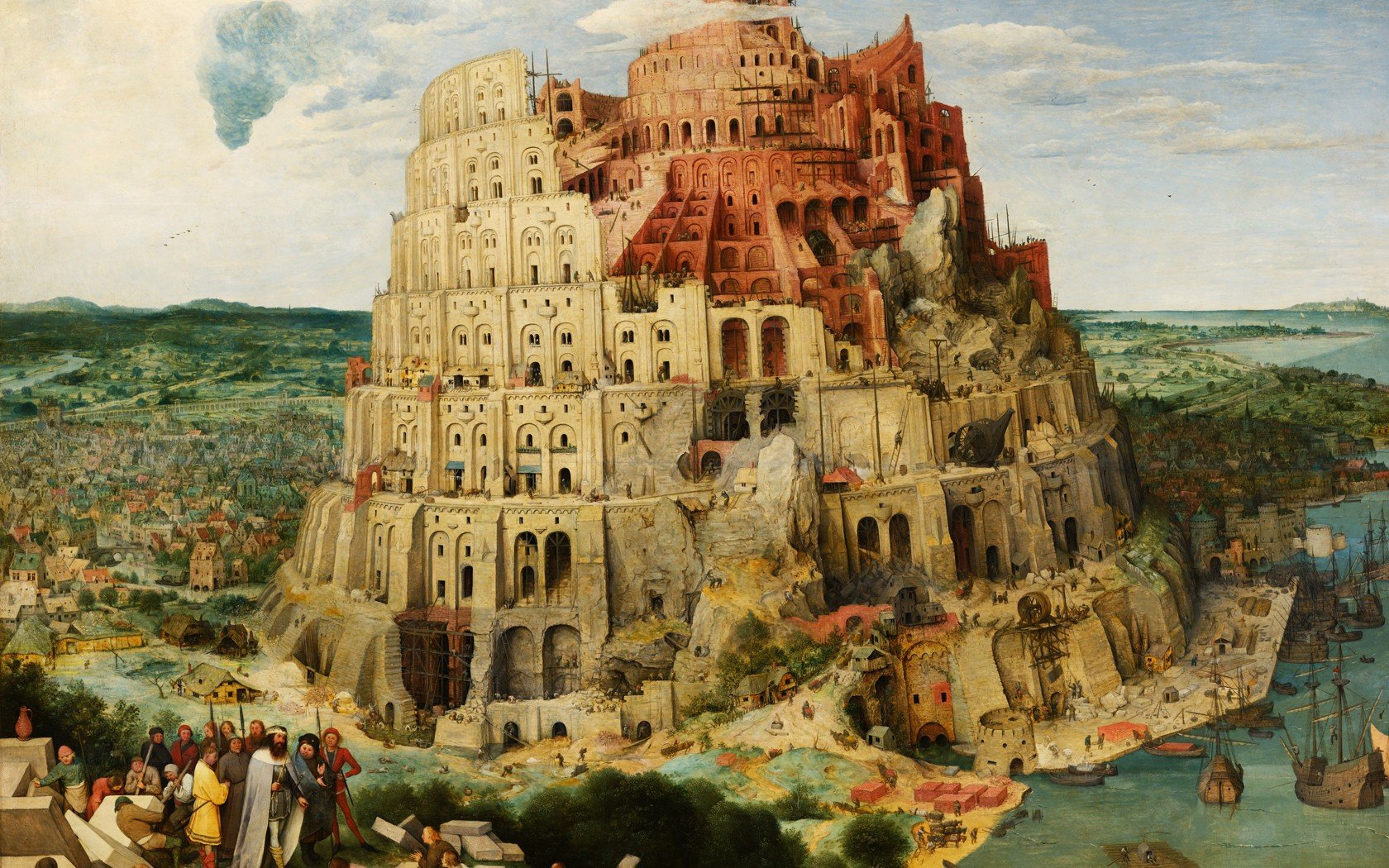

That is, they wanted to gain renown and a reputation. First, they wanted to make a name for themselves. What was so significant about this ziggurat built on the plains of Shinar? The answer lies in the motivations of the people for building it. Second, there was a temple where priests offered sacrifices and prayers.


First, a room at the top was intended as an abode for the gods, a place where they could reside when they came down to earth. 1 At the top, heaven and earth intersected.Ī ziggurat had two functions. Ancient near eastern (ANE) people believed the gods lived on mountains, and so the ziggurat was meant to be a place where they could call god down to commune with them. The phrase “with its top in the heavens” typically signified the great height of Babylonian ziggurats. This structure was a large step pyramid with a shrine or temple at the top. The tower at Babel was most likely a ziggurat. “Then they said, ‘come let us build ourselves a city and a tower with its top in the heavens, and let us make a name for ourselves, lest we be dispersed over the face of the earth’” (Genesis 11:4). The Tower of Babel Ziggurat of Ur, Public domain. Jacob’s ladder promises blessing and points forward to Jesus and his part in God’s plan to reverse the fallout from his judgement of the nations. One is man’s attempt to reach the gods, and the other is God’s visionary stairway that is the true gateway to heaven. More important than this common feature, however, are the differences. What do the Tower of Babel and Jacob’s Ladder have in common? They are both characterized as stairways to the heavens.


 0 kommentar(er)
0 kommentar(er)
